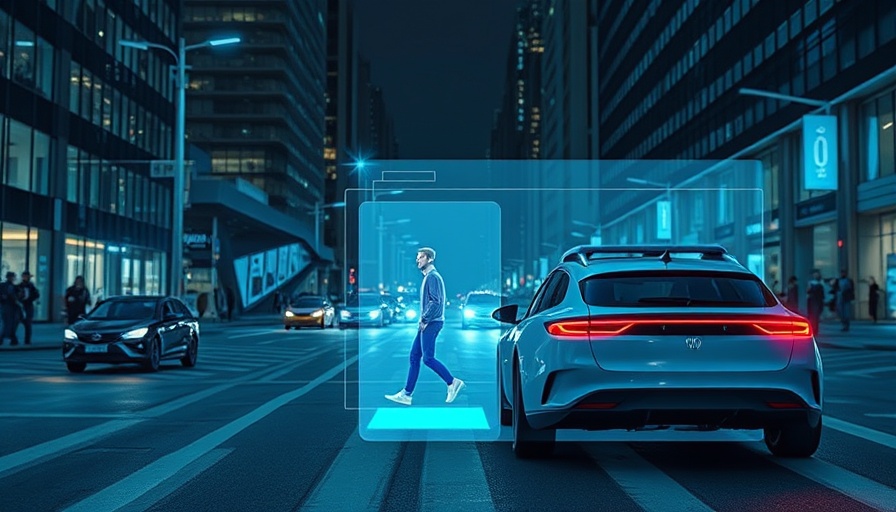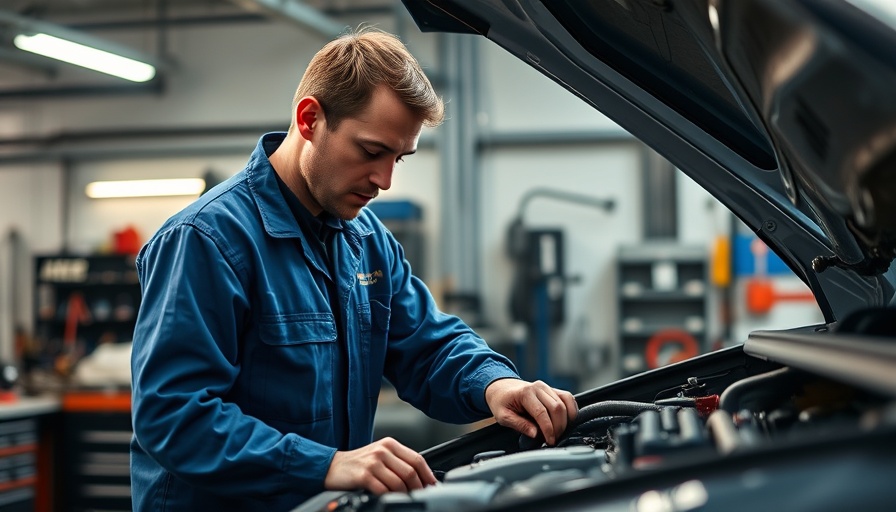
Understanding Thermal-Fused Pedestrian AEB
Have you ever thought about how cars could help keep people safe while they cross the street? This is where a new technology called Thermal-Fused Autonomous Emergency Braking (AEB) comes into play. Traditional AEB systems use sensors to detect obstacles, but the thermal-fused version can see things more clearly, even at night or in poor weather. This means it is more effective in preventing accidents involving pedestrians.
Why Is This Technology Important?
Every year, thousands of people are injured or killed in pedestrian accidents. By using advanced sensors that combine thermal imaging and other data, cars equipped with Thermal-Fused AEB significantly reduce these tragic events. Unlike earlier systems that might fail to spot a pedestrian at dusk or on a rainy day, this technology can detect a hot body (like a person) against a cool background, increasing safety.
Potential Impact on Road Safety
This innovation could change the future of driving as we know it. With more vehicles utilizing Thermal-Fused AEB, we could see a significant decrease in pedestrian fatalities. Imagine a world where children could safely cross the street without fear of cars missing them—even in difficult visibility conditions!
The Role of Automotive Maintenance
For the technology to work effectively, regular automotive maintenance is key. Drivers must ensure that their AEB systems are in good working order, which includes routine checks on sensors and software updates. By understanding the importance of these systems, drivers can keep their cars and pedestrians safer.
Conclusion: Call For Safety Measures
As more car makers embrace Thermal-Fused AEB, it's crucial for drivers to be aware of its benefits. Keeping our roads safe is everyone's responsibility—from car manufacturers to everyday drivers. By maintaining vehicle safety features, we can contribute to a safer future.
 Add Row
Add Row  Add
Add 




 Add Row
Add Row  Add
Add 

Write A Comment